When experiencing symptoms, people often search for the causes of these symptoms online. However, the internet is rarely an accurate source of medical advice.
In 2015, a study by the National Institutes of Health found that over a third of Americans regularly use the Internet to diagnose themselves. In 2019, a new study from LetsGetChecked, a personal health testing company, revealed that this number increased to 65%.
These studies shed light on the concerning rise in self-diagnosis. By choosing Google over a medical professional, people put their mental and physical well-being at risk.
People resort to self-diagnosis to alleviate uncertainty and anxiety by finding the root of their stress. However, the information people use to diagnose themselves is often misleading.
For example, according to a study conducted by Microsoft, when someone searches for the symptom “headache,” a brain tumor diagnosis showcases the same probability as a caffeine withdrawal diagnosis. Google and other search engines fail to understand how overlapping symptoms work, which leads to people identifying with a completely different condition because it is associated with symptoms similar to the ones they are experiencing.
One significant consequence of self-diagnosis is that it can worsen a person’s condition. According to Johns Hopkins Medicine, relying on self-diagnosis can cause people to neglect preventive care. Some conditions require early intervention, so delaying treatment can worsen health conditions, making them more difficult to manage effectively.
Another consequence is that it can falsely portray the condition to others. About a year ago, I watched a video on the controversy surrounding TikTok influencer @ticsandroses; she had faked her Tourette’s syndrome to promote her merchandise with the backing of her large following. As someone who is medically diagnosed with Tourette’s syndrome, I always thought her tics seemed very exaggerated and acted out to gain more attention, so it was no surprise to me when she was exposed for faking it. This is very dangerous because it encourages others to fake conditions to get attention.
To address the growing issue of self-diagnosis, there must be additions to the health class curriculum. For example, schools should teach the dangers of self-diagnosis and emphasize the importance of seeing medical professionals.
There are also better approaches to self-diagnosis. Examples such as telehealth services, which offer free or low-cost consultations with healthcare professionals via calls require more attention. These can provide guidance to those who may not have easy access to a healthcare provider.
In our fast-paced digital age, it’s tempting for anyone to take the easier route of self-diagnosing. However, we should focus on prioritizing our well-being by providing affordable options and opportunities for people to accurately identify and treat their symptoms. Self-diagnosis will only create a false sense of understanding caused by misinformation, leading you in the wrong direction.



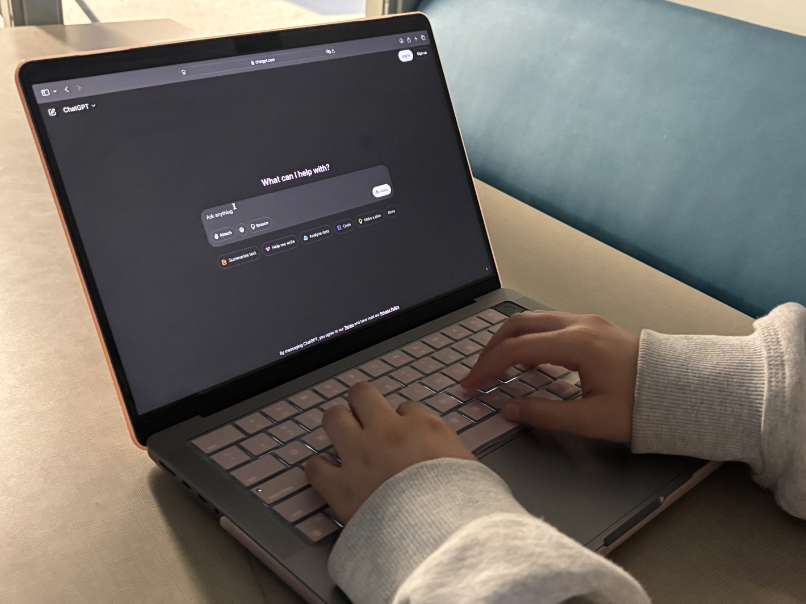



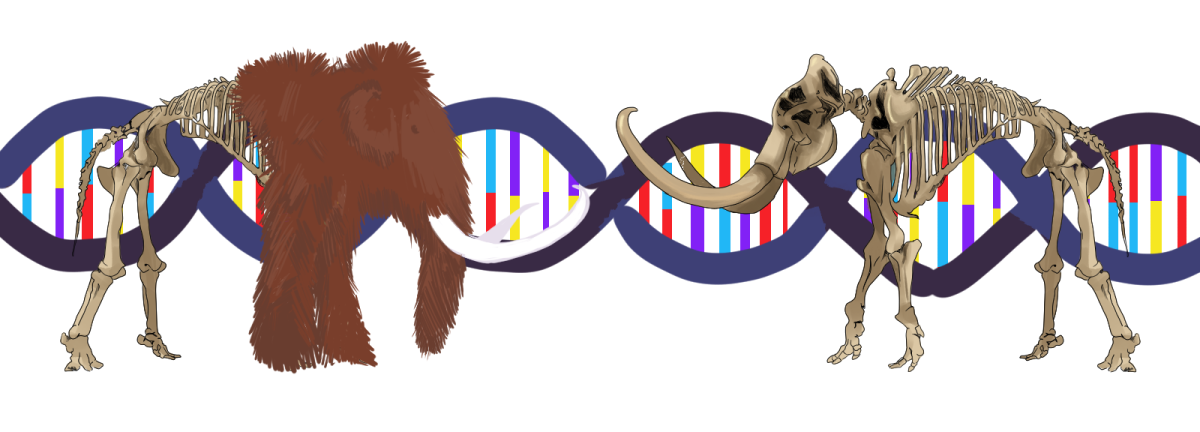


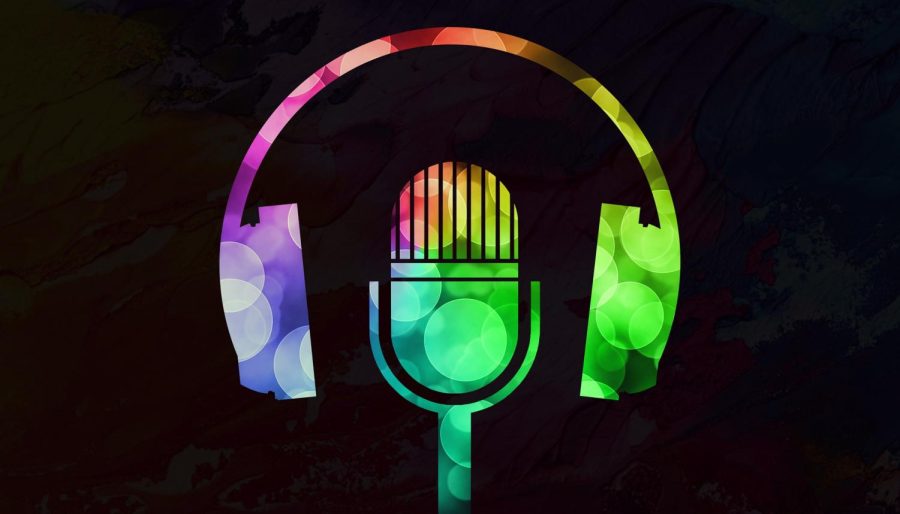
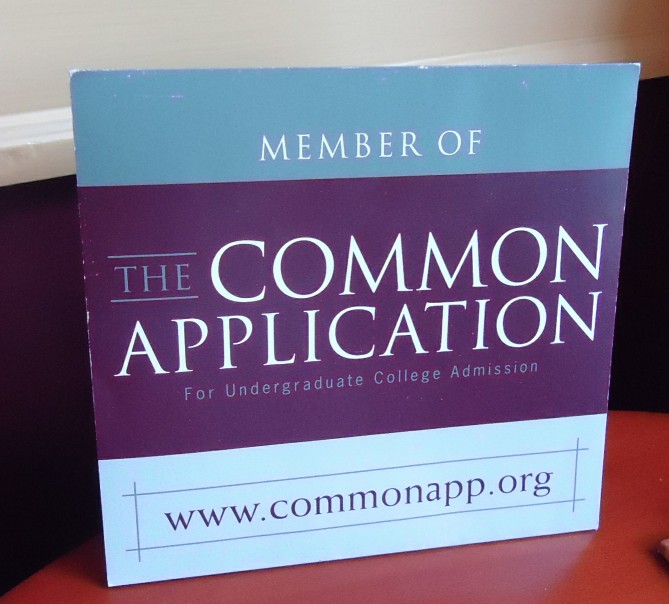
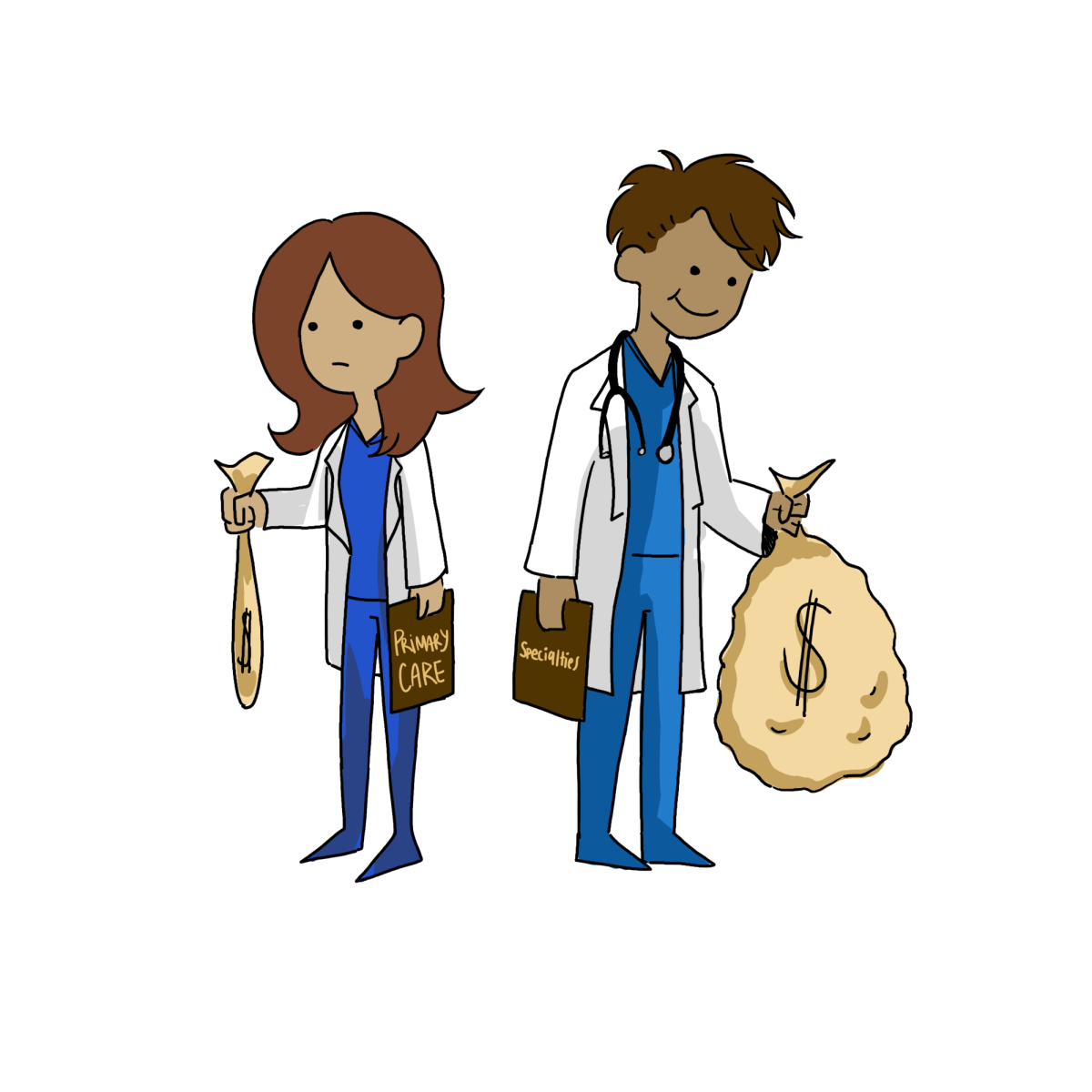

![[DEBATES] Prestigious colleges: value or hype?](https://www.mvviewer.org/wp-content/uploads/2024/12/buildings-1200x654.png)














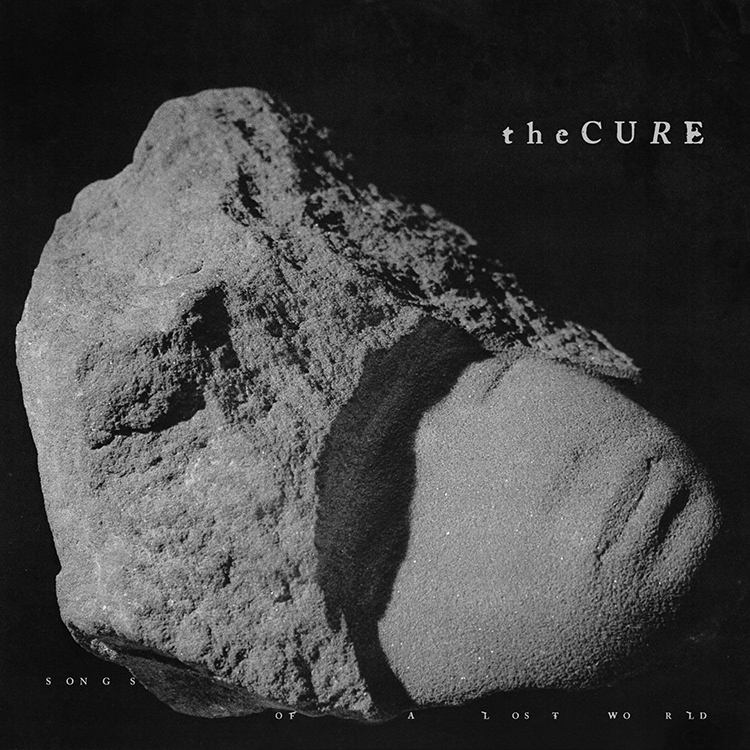
















![[OPINION] The dark origins of TikTok's looksmaxxing trend](https://www.mvviewer.org/wp-content/uploads/2024/02/Copy-of-Copy-of-Untitled-Design-1200x675.png)









![[OPINION] The case against self-diagnosis](https://www.mvviewer.org/wp-content/uploads/2023/11/Resized_Untitled148-1200x900.jpg)

